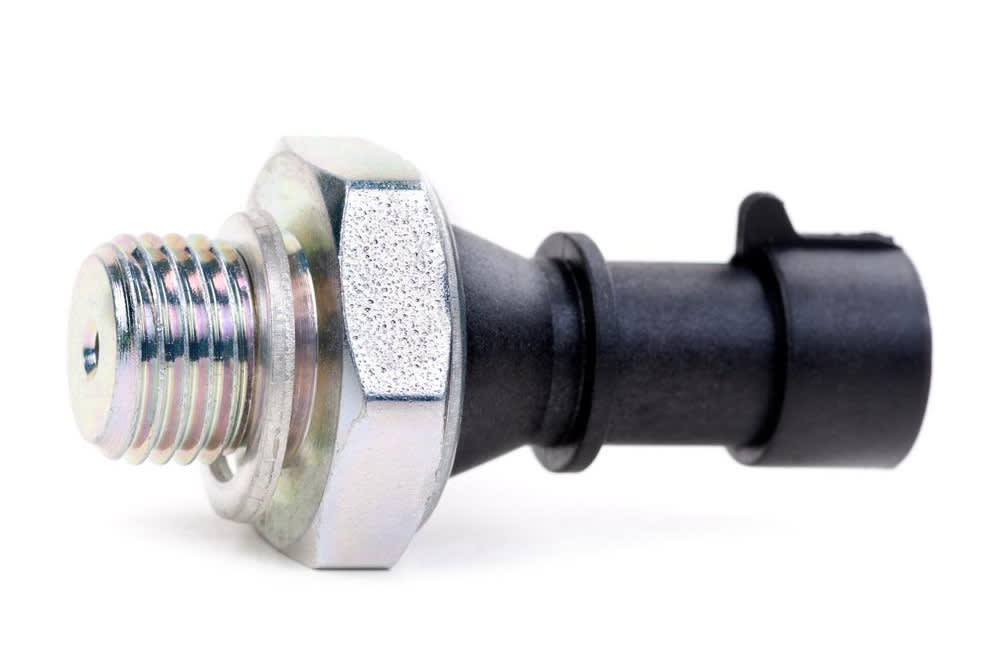

On most modern cars, trucks, and SUVs, the transmission and components inside are monitored by a series of sensors and switches that relay information to the ECM every millisecond. One of these components is the transmission oil pressure switch, which is designed to monitor the amount of pressure built up inside the transmission case as fluid flows through a series of chambers and channels to permit the transmission to smoothly shift gears. Like any other sensor, it can become damaged or simply wear out over time.
What is the transmission oil pressure switch?
The transmission oil pressure switch is attached to the transmission case and was engineered to monitor and relay the oil pressure inside the transmission to the on board computer found in most vehicles. Older vehicles without ECM also utilize a transmission oil pressure switch, but instead of sending data to a computer, the information is displayed on a gauge found on the dashboard, or is sent to a monitoring console that illuminates a light on the dash if a problem is detected.
Most of today's vehicles have multiple sensors that review aspects of the transmission from oil pressure to heat, RPM, and even some that control the cruise control on your vehicle. The transmission oil pressure switch is unique in that its sole purpose is to collect data about the pressure found inside the transmission case, which impacts the timing and operation of shifting a vehicle to a higher or lower gear if needed.
Due to the fact that it's located underneath the vehicle, the transmission oil pressure switch is subject to extreme conditions and working in a harsh environment. It can wear out, break, or fail – which may lead to it not working at all or worse, relaying incorrect data to the vehicle's ECM which can cause the transmission to work incorrectly, potentially damaging components in the process.
If this component wears out or breaks, it will trigger a series of warning signs to occur, which may alert the driver that a problem with this part exists and that it needs to be replaced as soon as possible. Noted below are a few of the indicators that the transmission oil pressure switch is damaged and needs to be replaced by a local ASE certified mechanic.
1. Vehicle enters "limp" mode
The transmission oil pressure sensor's primary function is to relay information to the ECM that regulates control of the transmission. However, if the switch is damaged or not sending information correctly to the ECM, the transmission may default into "limp" mode. In this case, the transmission will be locked into the "limp" gear, such as a third or fourth higher gear ratio, which allows the vehicle to run at a lower RPM as the driver brings the vehicle to a mechanic or back to their home. This will lock up until the error codes are downloaded from the ECM by a professional mechanic and the issue that triggered the "limp" mode is resolved.
If you're driving down the road and your transmission sticks in a higher gear, drive home and contact a professional mechanic to inspect the issue. Odds are that the transmission is in this default gear due to a malfunction of some sorts that must be repaired before you drive again.
2. Vehicle has difficulty shifting
One of the most common symptoms of a damaged oil pressure switch is a loose fitting wire that is attached to the switch and relays the information to the ECM. When the wire is not secured, it can cause the sensor to register lower pressure than what is inside the transmission. This faulty information will be noticed by the computer which can cause shifting difficulties (especially downshifting).
3. Engine RPM is higher than it should be
Just like the above situation where the transmission has difficulty shifting due to a faulty oil pressure switch, this same problem can cause the transmission to not shift when it should. In this situation the engine RPM will be much higher than it should when it triggers the transmission to shift into a higher gear.
The oil pressure switch of the transmission is vital for the smooth and efficient operation of the vehicle. If you recognize any of the above warning signs or symptoms, contact a professional ASE certified mechanic in your area to have them replace the transmission oil pressure switch as soon as possible if this indeed is what is causing your problems.



